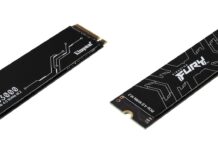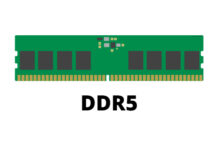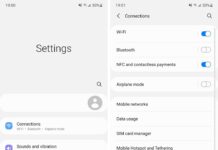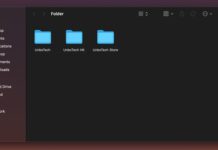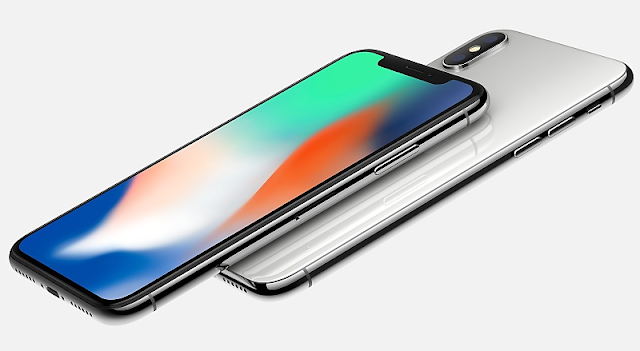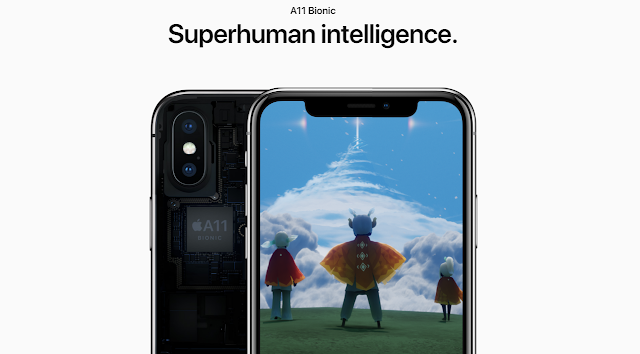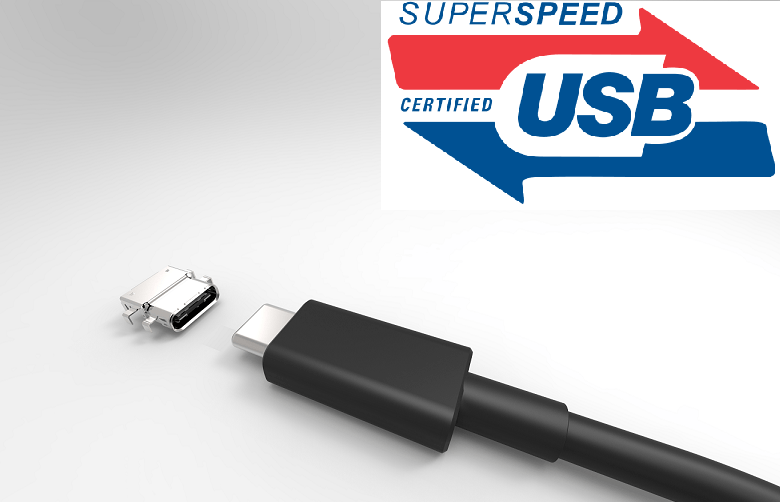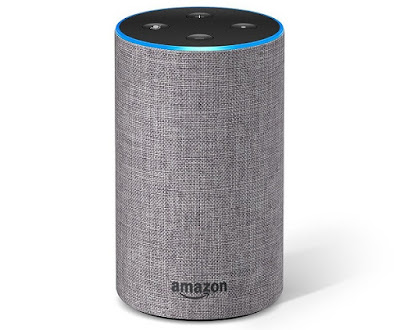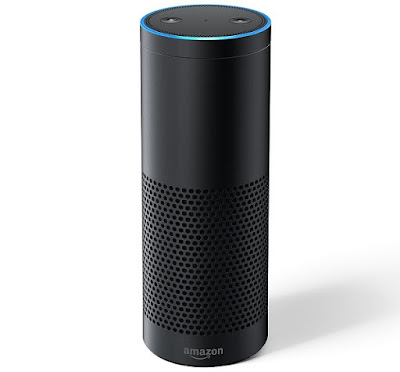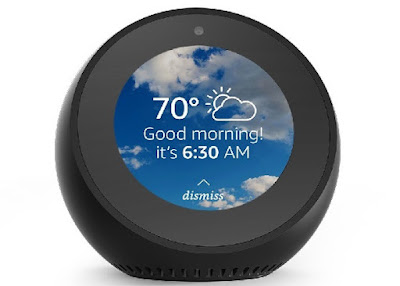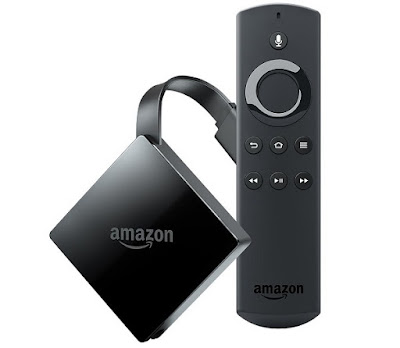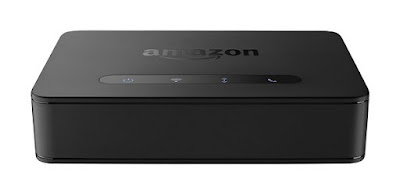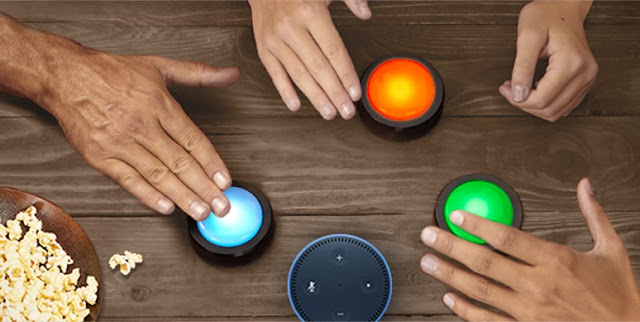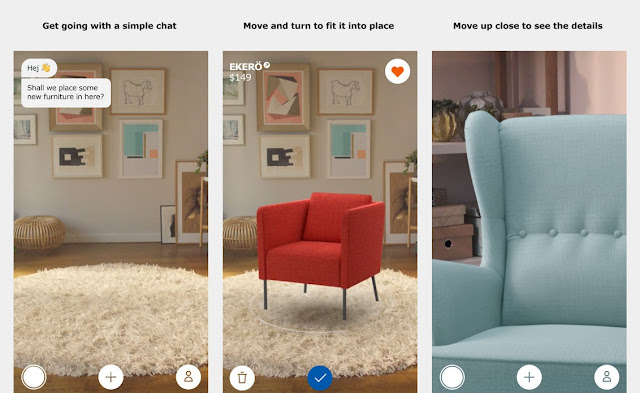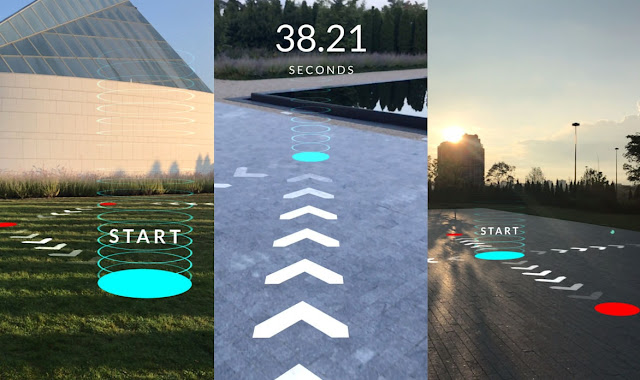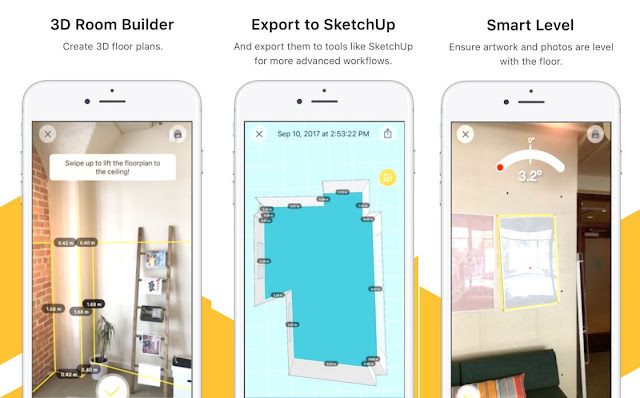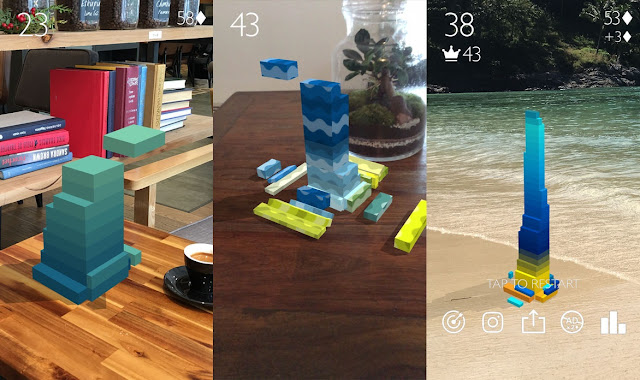| Screen Capture from Google |
Google launched the new Pixel 2 and the Pixel 2 XL smartphones on 4 October as expected. We already knew quite a lot about how the new phones will look like, based on various rumors in the Internet. But now, Google has released more in-depth information, such as specifications, prices and features.
.
.
.
There are two Pixel phone models. The first one is the Pixel 2 with a 5-inch display, while the other Pixel 2 XL with a larger 6-inch display. Both of them have similar internal specifications, except for little design differences and the screens.
Hardware Specifications
Pixel 2 and Pixel 2 XL are both equipped with a Qualcomm Snapdragon 835 SoC, pairing with 4GB of LPDDR4x RAM and 64/128 GB of storage. They have battery capacities of 2700 mAh and 3520 mAh respectively, and support fast charging (15 minutes of charge for 7 hours of use). Only one USB-C port is available on the phones, no 3.5 mm headphone jack. But dual front-facing stereo speakers are onboard. Both phones are IP67 rated water and dust resistant.
Features
| Screen Capture from Google |
The Pixel 2 and Pixel 2 XL will be running on Android 8.0 Oreo, instead of the rumored 8.1. Google promises to provide at least 3 years of OS and security updates, which is up to year 2020 (Android P, 2018/Android Q, 2019/Android R, 2020).
Prices and Pre-order
Feel free to leave comments below, if you have any opinion about this website. Share the website around if you enjoy reading it. Subscribe to our Newsletter or follow our Google+, Facebook and Twitter.
Support this website simply by shopping in Amazon. It will give us small kickbacks, if you use the above affiliate links to make any purchases, which will help us grow.










